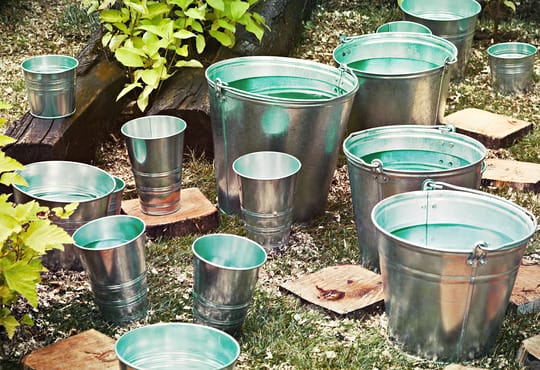
7 Tips: Cleaning Your Home After Water Damage
Not only can water damage ruin your precious items and furniture, it can also damage the house as well - becoming very expensive. If you’re able to act quickly, you can minimize the damage and possibly save some of your possessions.
Your success in restoration really depends on how long the water has been flooding for. It is important to check for articles of furniture that can be saved, and sometimes, even carpet, but any electronics hit by water are most likely doomed.
Don’t treat flood water in unwanted places lightly.
Even if your basement only has an inch of water in it, or even if it’s just damp, it is the perfect breeding ground for mold. Mold growth not only ruins walls, furniture, carpets, flooring, etc., it can lead to poor indoor air quality causing respiratory problems including asthma, and can lead to severe illness.
Preventing mold growth is key to keeping your home’s air clean and healthy. So in addition to calling your insurance company, here are a few tips to deal with your flooded basement and minimize the water damage. Call your insurance company before you do anything, and tell them what you want to do.
Here are some steps to follow if you suffered water damage to your home:
Disconnect the power. unplug any electronics, and remove electronics, furniture and movable items immediately. The faster you get items out of water’s way, the more likely you’ll be able to save them. Pull up any carpets (wall to wall and area rugs) and underpadding. You may be able to salvage the carpet if you get it cleaned and disinfected.
Get rid of the water. There are several ways to get rid of the water. If you don’t have power, or are worried about loose wires, the old-fashioned, manual way will work. Use old towels, buckets and mops to soak up as much water as possible. As long as sewers in your neighbourhood aren’t backed up, you can pour the water down the drain, otherwise, pour onto your lawn or other permeable surface. A wet/dry vacuum can be used too. Getting rid of all the water and drying out the area is the most important thing you can do to prevent mold growth.
Dry out the affected area. Once you’ve mopped up all the water, use fans and a dehumidifier to help dry out the area. If it is not raining, open windows to allow for air circulation and faster drying. You want to dry the area out as soon as possible. If you have a finished basement and the drywall was affected, you’ll probably have to cut away the areas that were touched by water as the drywall will crumble and the paper backing is a good source of food for mold. If you have baseboard trim, take it up first, and if it’s made from pressboard it will likely not be salvageable. If it was wood, you might be able to save it.
Disinfect. After the area has dried out, including wood beams, insulation, drywall, etc., use a good disinfectant to get rid of any bacteria that might have come up through sewers, toilets, etc.
Prevent mold growth. After you’ve disinfected and let the area thoroughly dry out, apply Concrobium throughout the affected area according to directions. Once a thin layer of Concrobium is applied, let it dry overnight. As Concrobium dries, it forms a thin layer over any mold that may be growing and actually crushes the roots of the spores. Wherever it’s sprayed will prevent any mold from growing, providing continued resistance. If you’re spraying an entire room, you might want to consider renting a mister from a hardware store such as Home Depot. It’s easy to use and very fast.
Dispose of damaged items responsibly. You will be tempted to throw everything into a dumpster and send it all away and out of site. But if you can organize damaged goods into piles and take what you can to recycling centres, you will help alleviate the pressure on your local landfill site.

